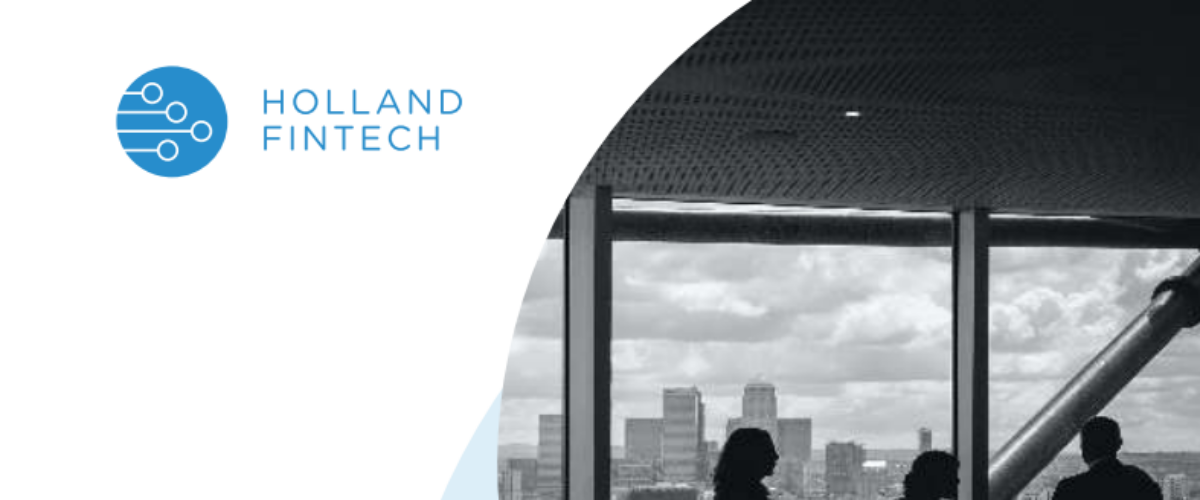Technological progress has given us access to a whole host of digital tools that have transformed the customer experience, bringing countless benefits to both consumer and provider.
COVID-19 saw many providers rushing to emulate face-to-face meetings using these digital tools. However, this digital transformation of customer service has frequently been undertaken without clear consideration of consumer needs.
Customers don’t want a purely digital service. They want a choice. More than 50% of consumers desire an omnichannel banking journey, with the ability to switch seamlessly between physical and digital communication channels.
The rise of online interactions
Technology has given consumers control over how they interact online. A few decades ago, we would all have watched a handful of television programs because they were the only ones available. A third party chose what information we consumed Today, however, we have access to an almost endless choice when it comes to what information we consume and how, when, and where we consume it. We have come to expect freedom and flexibility in our online interactions.
And, for younger generations, it’s not just about flexibility. Millennials want quick responses to questions, fast problem resolution, and useful and relevant information—all at a time and place that suits them. While Boomers and Generation Xers accept some inconvenience or inefficiency as inevitable, Millennial customers are quickly frustrated by any pain points in the customer journey.
Technological progress has given consumers the ability to communicate with their bank on their terms—in the way that best suits them at that moment. Increased connectivity and the ubiquity of mobile devices means they can decide how and when any interaction will take place. And customers want a choice between self-service and in-person experiences. They value the speed and efficiency of digital interactions but appreciate the reassurance and familiarity of person-to-person exchange.
Growing competition
Customer demands have evolved. To keep up with changing expectations—a desire for greater flexibility, personalization, and efficiency—and to stand out in an increasingly competitive landscape, providers need to listen to and understand exactly what their customer is asking for. Only by adjusting their value proposition to better meet customer needs can they compete with new and disruptive industry players.
Only a few years ago, traditional banks monopolized the market. Their authority and credibility, established over decades, meant customers relied on them alone to manage their finances. There was no threat of competition. Today, however, alternative advertising channels have opened the door to new players with seductively affordable prices. We are witnessing a democratization of financial services.
Tech companies have already transformed other industries, from Airbnb’s disruption of the hotel sector to Uber’s revolution in transport. And companies including Amazon and Alibaba are now starting to venture onto the terrain of traditional financial establishments too, with initiatives such as Alipay and Amazon Pay, attracting customers with their innovative solutions and focus on customer convenience.
However, in finance, things are a little different. The majority of financial providers are choosing to collaborate rather than compete with these new disruptive players. But this has its challenges. Providers will need to integrate all these new services into a single seamless omnichannel customer experience.
Technological progress has transformed how customers interact with their bank, putting power back in the consumer’s hands. To attract and retain customers in an increasingly competitive industry, providers will need to adjust their offerings to meet changing customer expectations, collaborating with Fintech companies to deliver an omnichannel service that combines the best of human and digital.
Humanize your Digital Customer Service Whitepaper
How can you prioritize the personal and human aspects of customer service as well as speed and efficiency? Discover why the best customer service combines high-tech tools with more traditional face-to-face exchange in Unblu’s recent whitepaper. Understand what a truly customer-centric experience looks like and learn how to adjust your offerings to stand out in this changing financial landscape.
Read the original article here. Find out more about Unblu here.


